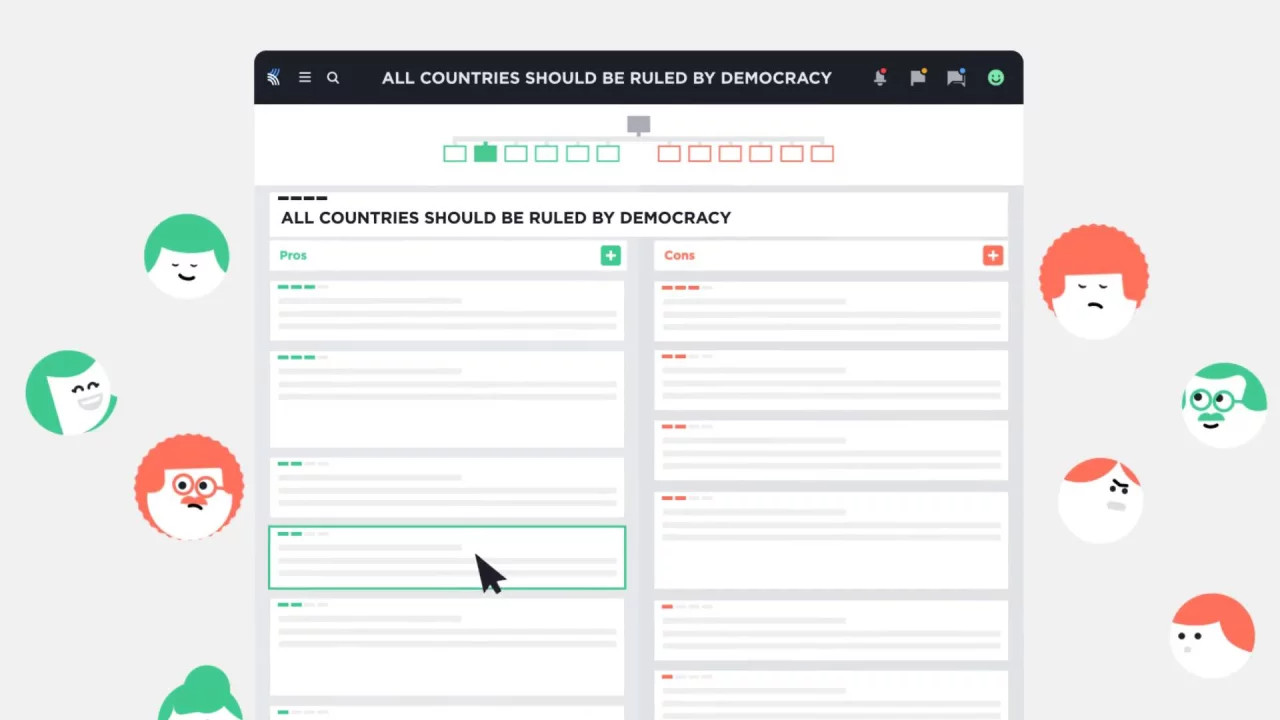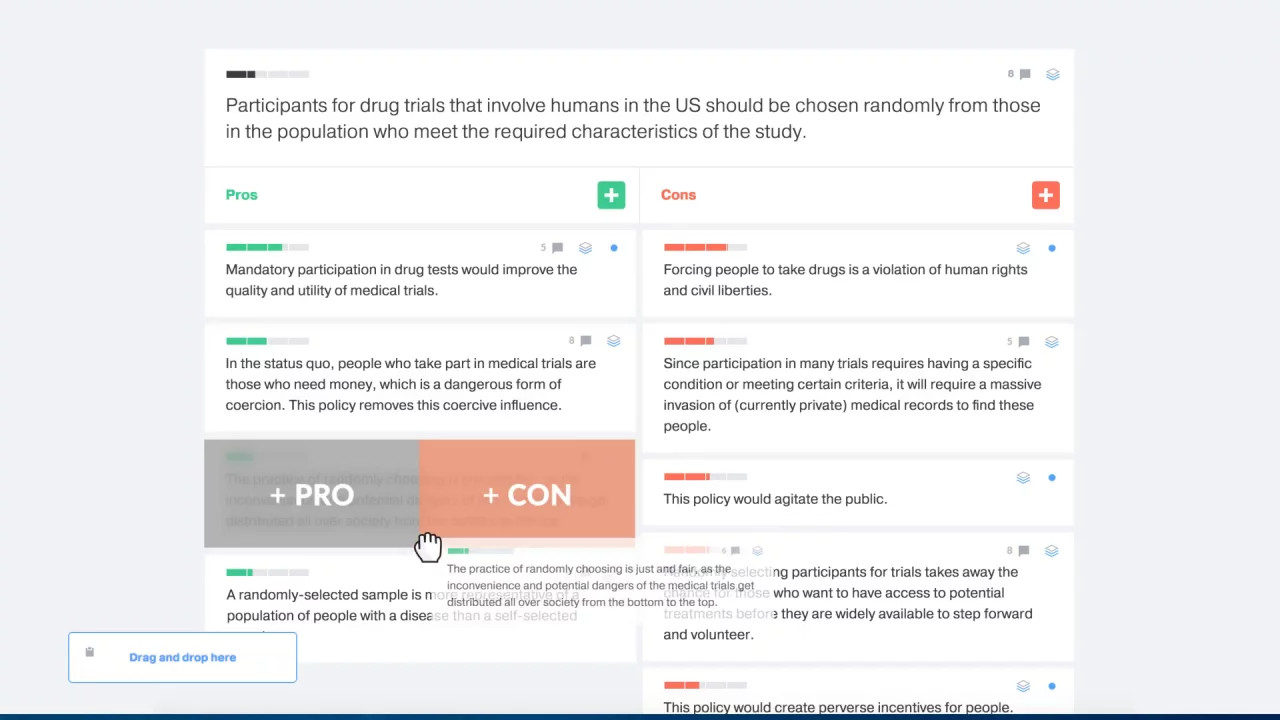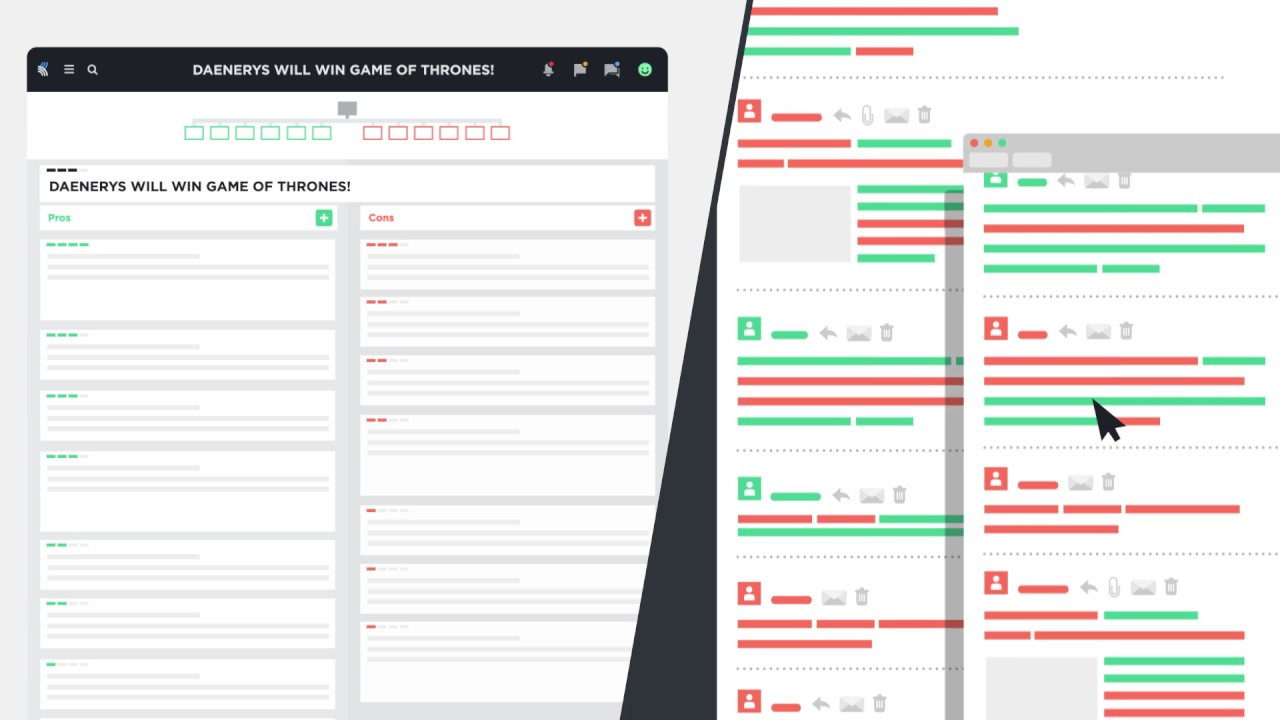What is Kialo? Best Tips and Tricks
Kialo is a powerful online debate and argument structuring tool with Kialo Edu aimed specifically at class use

Kialo is an online debate site that's built for structuring and mapping arguments, with Kialo Edu specifically aimed at use in the classroom.
The idea behind Kialo is to help students work on their critical reasoning skills in order to better put knowledge into applicable action. By laying out how a debate looks, structurally, this can be a big help.
Kialo allows teachers to take their classroom debates online, making this ideal for remote learning. It also offers a useful way to break down complex subjects into more digestible chunks for students.
Read on to find out everything you need to know about Kialo for teachers and students.
What is Kialo?
Kialo is an online-based discussion platform, while the Kialo Edu subsection of that is specifically aimed at students and teachers. This allows teachers to create debates that are closed off specifically for the classroom.
The platform works by organizing arguments into columns of pro and cons, each with sub-branches. Users rate arguments and these rise up or drop down the list accordingly.

The idea is that Kialo not only organizes debates but does so in a way that allows others to join in at any point and still be able to grasp where the discussion is at, what's happened, and how they can get involved.
Tools and ideas to transform education. Sign up below.
This is a useful tool for online debate, and can be engaged in a student's own time and from their own devices. This makes it ideal for remote learning but also for continuing topics of debate that span terms or multiple lessons.
How does Kialo work?
Kialo is free to use for students and teachers. Once signed up it's easy to create a new topic of debate and have that locked specifically to the students in the room who have been invited to join.
Student can post claims, as they're called, which can be either a pro or a con in relation to the main topic of debate. These claims can then have claims within them, branching off to add complexity to the debate while remaining clearly structured so as to keep focus on the original point of discussion.

Kialo allows for moderation by the teacher, which includes offering feedback to students on their ideas, argument structure, and research quality. But it is down to the students, ultimately, to decide what is a good or bad argument. This is achieved through impact voting, which raises or lowers a point accordingly.
Teachers can organize students into teams to allow for group research, planning, and arguments online. While this can be group-focused, it is still then easy for teachers to filter individual contributions for assessment.
What are the best Kialo features?
Kialo makes organizing debate easy as it does this all automatically. That takes the time and effort out of the process for teachers, granting more time to focus on the content of the debates and the efforts of each student.
This is also a useful way for students, and teachers, to arrange their own thoughts when structuring an essay or project.

Kialo allows for the focus to drill down into a single point, adding pros and cons to that subsection. Students are encouraged to back-up their claims with evidence so as to make sure they're thinking and researching before posting their point. A useful skill for online interactions of all kinds.
Since this is an invite-based platform, even if used publicly, the issue of trolls is not something that needs to be worried about, according to the company.
The visualization of claims helps to make debate and its structure more easily assimilated for daily use, helping students grow in confidence and the ability to interact on other subjects both online and in the real world.
How much does Kialo cost?
Kialo is totally free to use. All teachers need to do is sign up online and they can begin using the debate platform. Students can be invited to join in and don't even need to sign up or give an email address to get involved.
Kialo best tips and tricks
Use rubrics
While the platform is useful, there are no rubrics, so scaffolding the experience with these and curriculum material help to get the most out of Kialo Edu.
Breakout the evidence
It pays to have students present their evidence, using other platforms, which can help in debate but also in working on presentation skills and research planning.
Provide feedback
Teachers can get to individual comments allowing them to offer direct feedback including addressing if points make direct arguments or not, for example.
Luke Edwards is a freelance writer and editor with more than two decades of experience covering tech, science, and health. He writes for many publications covering health tech, software and apps, digital teaching tools, VPNs, TV, audio, smart home, antivirus, broadband, smartphones, cars and much more.
